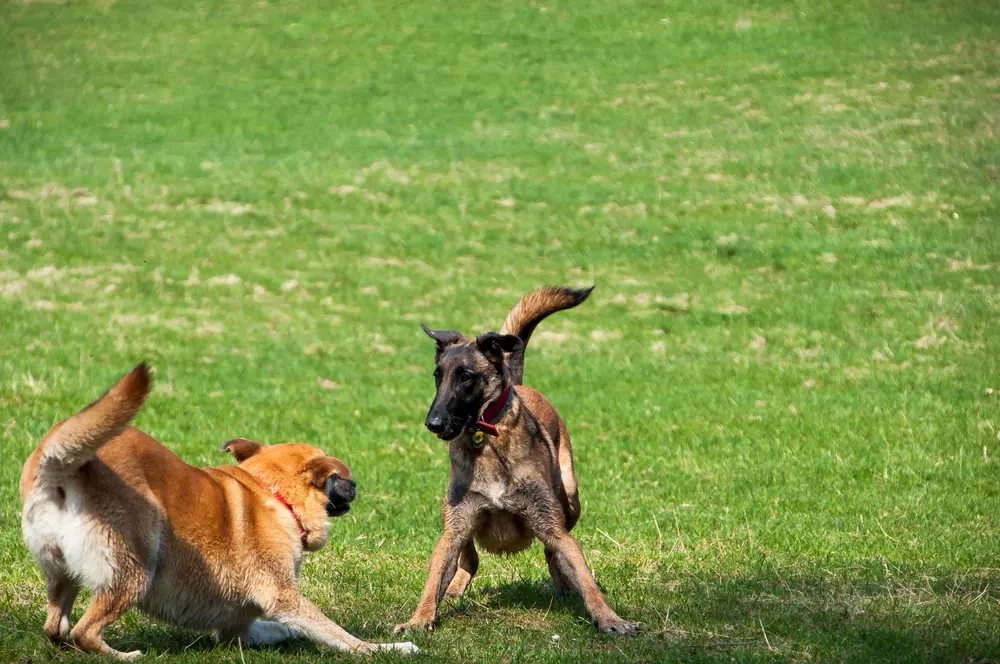Playstyles: The Good, The Bad, and The Ugly

You’ve evaluated the dogs, and you know they all love to play off-leash. Now what? One of the common problems with the next step in effective and safe off-leash playgroups is putting the right dogs together based on their play behavior. Continue reading to find out the pros and cons of each dog playstyle, which playstlyes work best together, and the best way to manage each type.
Just because a dog enjoys playing off-leash with other dogs doesn’t mean he will play well with every dog. In last week’s blog, you learned the four different types of playstyles. Now let’s look at the pros/cons of each one.
- Neck biting
- Pros – this is a benign playstyle of wrestling. Dogs usually are showing great bite inhibition and don’t hurt one another. It’s often done when dogs are getting tired and laying down on the ground. It’s one of the easiest playstyles to monitor because the dogs stay in one basic area so interrupting the behavior is a bit easier.
- Cons – This playstyle can look scary when you first see it because dogs often show their teeth while mouthing each other. It takes a bit of education to realize the body language of the dog is loose and relaxed. Dog’s ears and neck normally get slobbery during this playstyle.
- Chasing
- Pros – A high energy game that can wear dogs out quickly.
- Cons – You need a dog that likes to be chased as well as one that enjoys chasing. If you only have chasers, they may stalk or harass dogs. In a group of dogs, chasing can get the entire group revved up and you have to be careful not to create a pack of dogs who want to chase a single dog. Finally, with any chasing behavior, the dog doing the chasing needs to have enough self-control that when he catches the dog he is chasing, the game does not end in biting or snapping.
- Body Slamming
- Pros – As with chasing, this is a high-energy game that can wear dogs out quickly. This is a very physical game well-suited to sturdy dogs who enjoy rough and tumble activities.
- Cons – Body slammers are not always discriminating in who they body slam. You have to be careful that they are playing with other dogs who enjoy this style of play and who are healthy and strong enough to tolerate it. If you are supervising this playstyle you are at risk of being knocked over, so pay close attention to your surroundings. Typically dogs who enjoy this style of play may need help with impulse control so they don’t get overly aroused while playing.
- Cat-like
- Pros – This is another benign style of play that is relatively easy to supervise. This playstyle does not usually lead to over arousal as the dogs usually do a good job of taking breaks during play.
- Cons – Sometimes the quick, exaggerated motions of play can be overwhelming to a new dog or a dog that is unaccustomed to playing off-leash.
Remember that playstyles aren’t important because some are good and some are bad. Playstyles are important because dogs need to play with other dogs that are an appropriate playstyle match.










